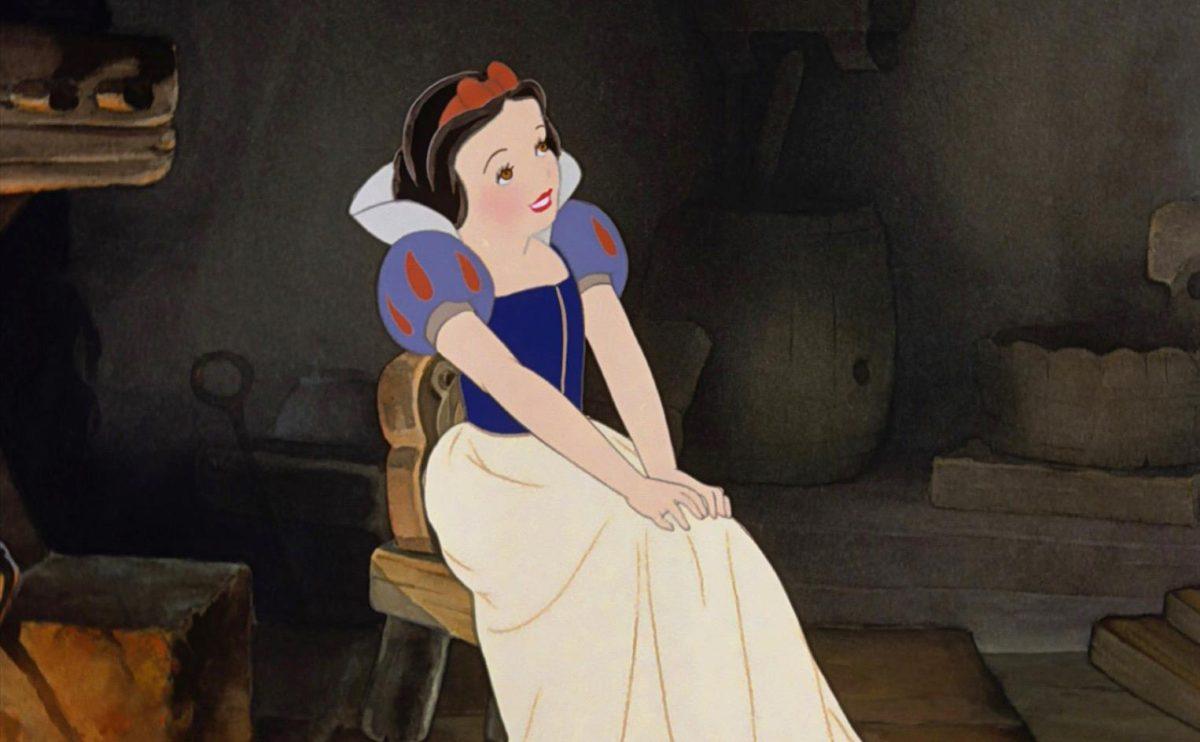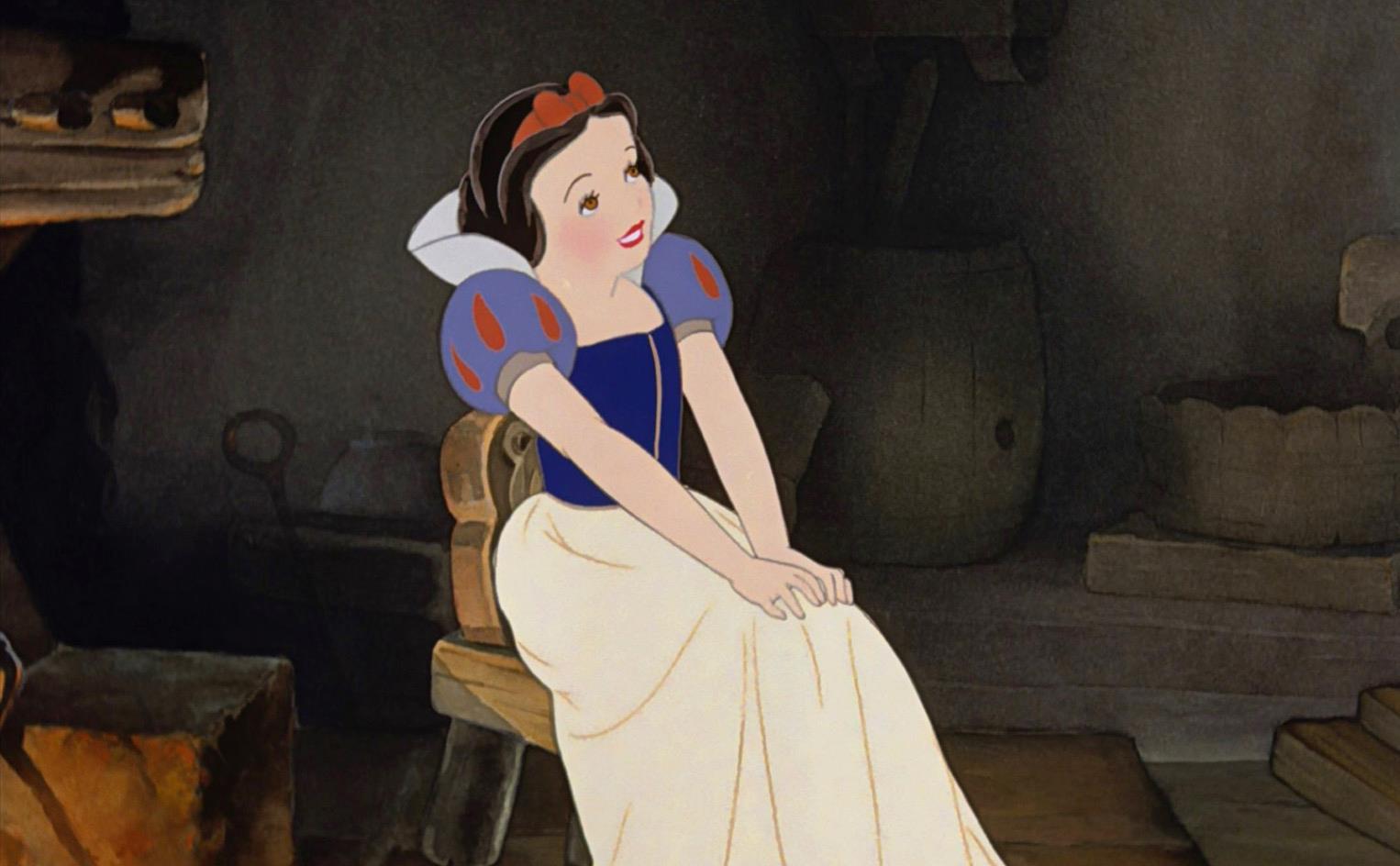facebook.com Disney’s portrayal of princesses may be more influential than some may believe.
We’ve all grown up with them or have seen them splashed across commercials. Their stories traditionally beginning with “once upon a time” and never fail to conclude with happy endings. Disney movies with their unattainable standards of beautiful princesses and daring prince charmings have always portrayed this image of perfection in a happy world where good triumphs evil, but the messages being received by its young and easily-influenced audience haven’t always been good, happy or perfect.
Despite Disney’s recent efforts to create new princesses and movies with racially diverse characters, there are still underlying racially skewed messages, which always seem to suggest that white is good and the “norm.” The newest racially diverse princess is Tiana from “The Princess and the Frog,” released in 2009. It was the first Disney movie to come out with an African American protagonist. Even though it was seen as a breakthrough and had been anticipated for many years the film was a box office failure. “The Princess and the Frog” made a gross income of $104.4 million compared to “Frozen” with a grand total of $401 million, or “Despicable Me” with $251.5 million, which all came out within five years of each other.
However, this seems to be a trend with Disney movies. “Pocahontas,” the first recognizednon-Caucasian protagonist Disney film, only made a $141.6 million gross income. “Mulan” made $120.6 million and “Aladdin,” $208.5 million, all movies with culturally and ethnically diverse protagonists contrasting, from the usual frosty white princes and princesses. This also begins to raise the question as to whether it’s Disney’s fault for not for marketing their more racially diverse movies differently, or is it ours, the viewers who care less to see a more realistic representation of our lives in the cherished fantasy world of Disney.
“Snow White and the Seven Dwarfs,” Disney’s first motion picture to come out in 1937 made $185 million, which with an adjusted inflated gross income, translates to $6.7 billion today. If by judging the inflated gross income and what it would have been, “Snow White” would have surpassed the “Lion King” in having been Disney’s most successful movie.
Disney has a huge responsibility to educate children about race issues, feminist ideals, body image, and many other social problems which our society faces today. Despite Disney’s efforts to throw in a few diverse movies here and there, are they really doing the best they can to set an example for the millions of kids who grow up watching these films? I would say almost all the films of this nature, with the exception of “Pocahontas,” never focus or integrate different racial groups, and if so, it’s a big deal. This in itself sends a subtle, yet strong cultural message that can be detrimental to the way kids view race and the issues surrounding it.
I’m curious to see that if despite Disney’s efforts to produce a diverse array of movies that, historically, have not had much success, will they choose to continue to produce a sporadic few films of this nature and pat themselves on the back, or integrate the characters in their movies more to have a closer representation of our real life, multicultural world.





![[Both photos courtesy of sonoma.edu]
Ming-Ting Mike Lee stepped in as the new SSU president following Sakakis resignation in July 2022](https://sonomastatestar.com/wp-content/uploads/2024/04/CC4520AB-22A7-41B2-9F6F-2A2D5F76A28C-1200x1200.jpeg)



























